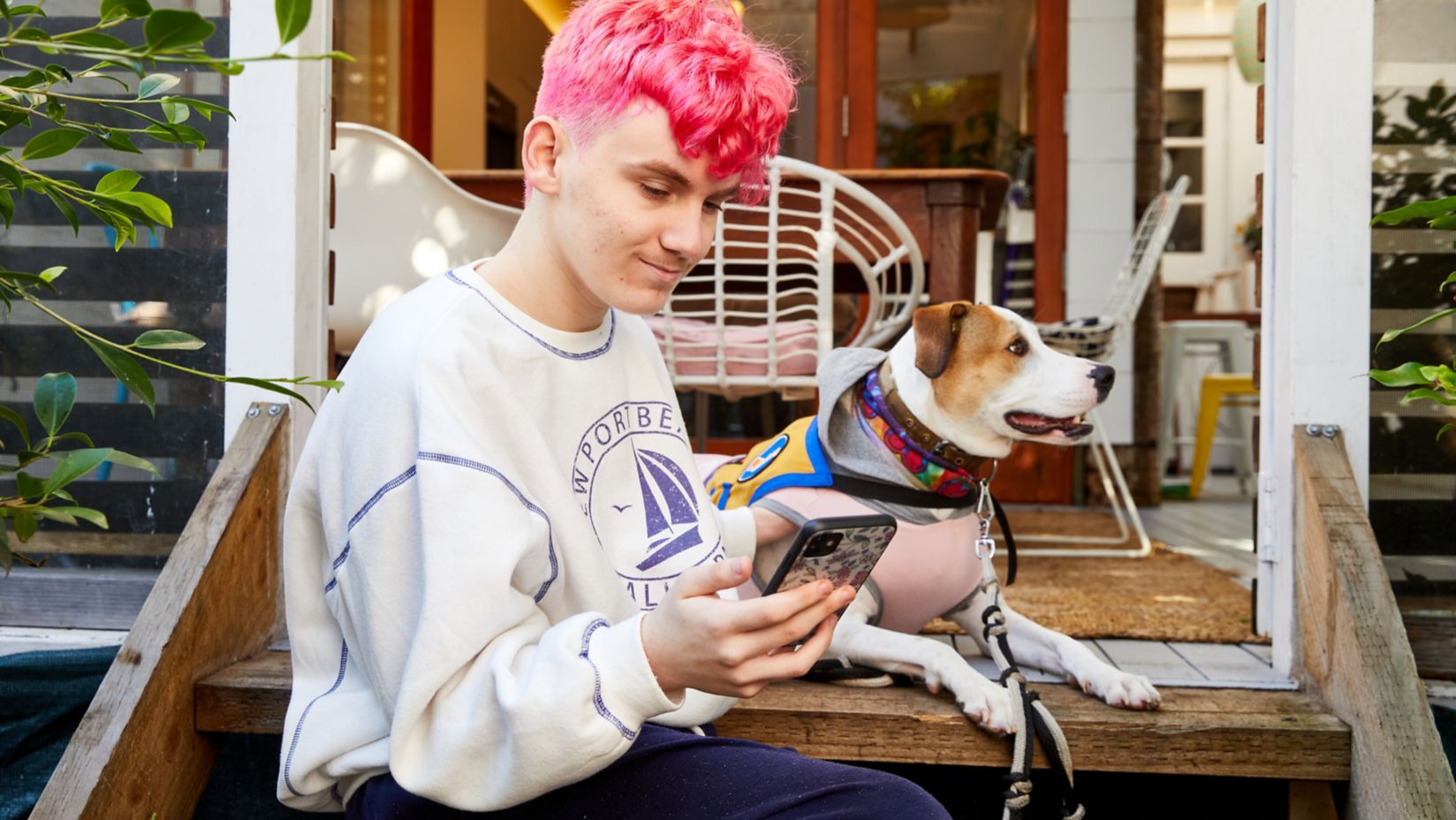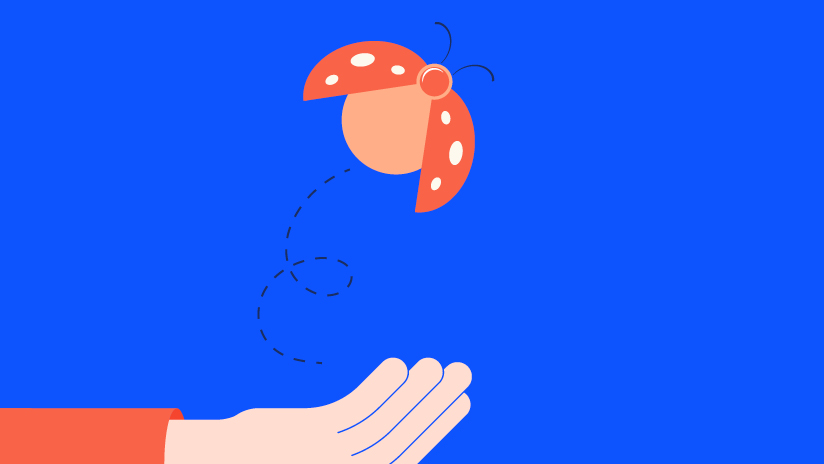Unmasked: what a supportive workplace means to me
When she joined Telstra, Cassandra Lutzko found support for neurodiverse employees and the space to finally take off her mask.
"So, have you heard of TelstrAbility?"
I stared at the invite with curiosity. My colleague had been surprised that I wasn’t yet involved in TelstrAbility - Telstra’s employee representative group for people with disability - even though I was a fellow recruit of the Neurodiversity Recruitment Program. He then spent a good part of our catchup talking about how TelstrAbility works, but I barely remember a word of what he said. A question had popped into my head - do I really need to join TelstrAbility?
To disclose or not to disclose?
Coming through a program for the neurodiverse had solved the biggest employment barrier for me – the whole disclosure question. That is, do I disclose my autism during recruitment, after recruitment, or hope that no one ever finds out? Coming in through a program where being neurodiverse was a requirement meant that disclosure had happened the moment I put in my application.
Previously, disclosure was something I’d always thought of as a gamble.
Disclose to too many people and I could be branded ‘the autistic one’. Omit disclosing to a crucial person and I’d risk not having support should something go wrong. Disclose too early and I might miss out on opportunities people no longer felt I was suitable for, or disclose too late and I might be accused of pulling a ‘get out of jail free’ card.
Disclosing in a recruitment program where everyone was neurodiverse (ND) was different. It wasn’t a warning, nor was it asking for help. It was simply affirming that I belonged in the program. The hiring managers knowing that I am ND wasn’t a point of difference where I would be “’the autistic one’”. Instead, being ND was something we all shared. We simply had to find the points of difference in our abilities.
Sharing common experiences
The knowledge that everyone in the program was neurodiverse meant that support and accommodations were assumed requirements. We spent half a day of the three-week program just talking about the accommodations we might need. Once recruited we had check-ins with our leads, buddies, HR, the recruiters and our mentors – all making sure that we were doing okay.
Most importantly, I already had a community of fellow ND people and supportive people around me. My cohort was neurodiverse just like me, but in different ways. The Melbourne recruits’ attempts to meet at the office had turned into regular Teams chats due to the lockdowns. My mentor had been the first person to put her hand up when the recruitment program was announced. Not to mention, being openly ND meant that I was introduced to fellow colleagues who were ND themselves – or had strong ties to the ND community.
I felt like I had a community, so it was back to my initial question - what would I get from joining TelstrAbility that I didn’t already have?
Joining TelstrAbility
One answer became immediately clear during my first TelstrAbility meeting. There were a lot of common experiences among us. During those first TelstrAbility meetings, I heard a lot of different perspectives that started to give words to aspects of my own experiences that I’d never consciously realised – let alone attempted to describe, which manifested in being able to join TelstrAbility easily.
I began to realise that I was privileged to be out as neurodiverse.
I didn’t have to worry whether I was 'disabled enough' to join, nor was I worried about people finding out. I came in through a disability program, so joining TelstrAbility was a natural next step.
To be fair, being openly neurodiverse wasn’t necessarily the default, even coming through an ND program. It would have been okay to be out to my managers and key colleagues, and then, like my classmates, hide it from everyone else. Instead, I decided that there was no point in hiding it. I had a nice blank slate where I could start off as much as possible with people seeing me as ND instead of having to reconcile ‘ND me’ with ‘masked me’. I might as well take advantage of it.
Claiming my confidence
Being out as ND wasn’t a case of shouting from the rooftops. Instead, it has been a series of small decisions. When I meet with someone and they ask how I came to Telstra, I tell them that I came through the ND recruitment program. When I realise that I meet with someone a lot, I might mention my autism as a reason that I might turn off my camera or interrupt by accident. Then in social settings, I’ve been known to mention it to explain my awkwardness.
My practice of being out as neurodiverse was beginning to have unexpected benefits. I started to encounter colleagues who were also neurodiverse. Several of them were only recently discovering their neurodivergence and were much further along in their careers. Even though my diagnosis at 20 felt late, I was lightyears ahead of some people in understanding my condition.
Coming to Telstra as neurodiverse meant I could be as ‘unmasked’ as possible. I didn’t have the difficulty of reconciling my masked ‘neurotypical work self’ with my ‘ND self’– they are now basically the same thing.
Accessibility and inclusion for everyone
We’re committed to ensuring our products are accessible and inclusive of everyone.
Explore more on this topic
Author Bio
Cassandra Lutzko
Cassandra joined Telstra through the Neurodiversity Recruitment Program in 2021 and is a Product Manager. Outside of work Cass enjoys diving into metal mosh pits.




